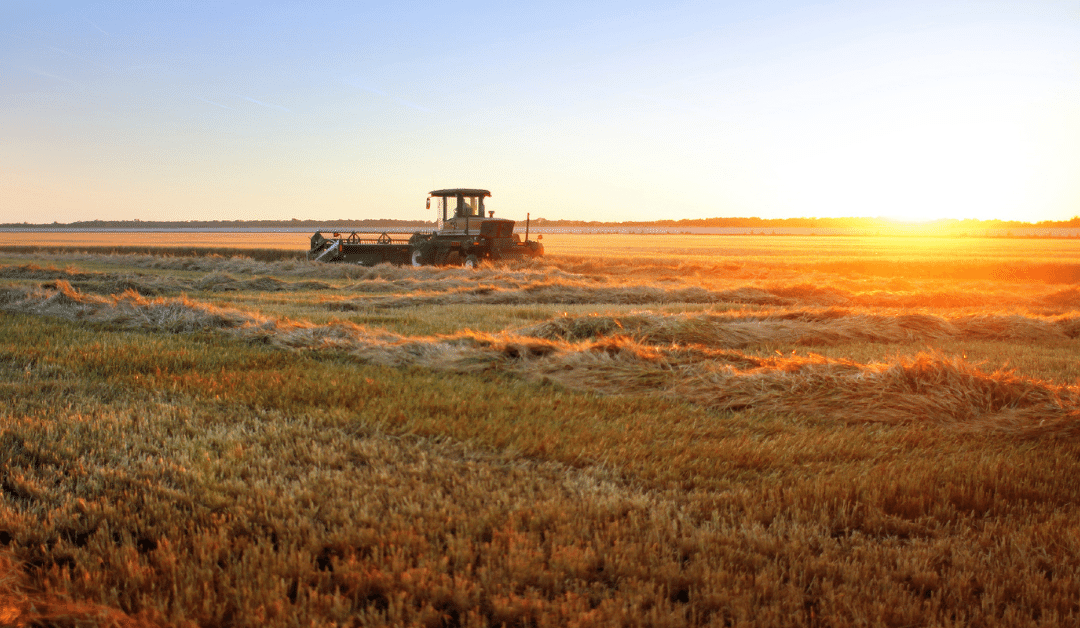Today, the Honourable Brian Pallister, Premier of Manitoba made an announcement that will go a long way in ensuring communities across Manitoba are safe and resilient in the face of extreme weather and a changing climate.
According the news release made by the Province of Manitoba, “The provincial government will provide more than $400 million for emergency response and damage prevention measures to better protect Manitobans.”
Today’s announcement moves the METRO Region forward in building safe and strong communities with $15 million being invested for damage prevention and climate resiliency for municipalities in the capital region. According to Premier Pallister, an additional $3 million will be invested this year for “critical and local measures” namely spring flood preparedness. The investment will be made according to the priorities of the Association of Manitoba Municipalities (AMM) and the Winnipeg METRO Region (WMR).
With river levels currently at 16.23 ft., this announcement comes just in time!
Current River Levels
(Measured at James Ave.)
| Dates | Feet Above James Ave. Datum |
| November 25, 2019, 11:48 | 16.23 |
| Normal Summer Level (varies) | 6.5 |
| Assiniboine R. Walkway (minimum level) | 8.5 |
| Normal Winter Ice Level (varies) | 0 |
| 2011 Flood Peak | 20.7 |
| 2009 Flood Peak | 22.6 |
| 2006 Flood Peak | 20.4 |
| 2005 Flood Peak | 20.1 |
| 1997 Flood Peak | 24.5 |
Figure 1: Data adapted from (City of Winnipeg, 2019)
Photos of the Red River taken this morning!
The investment offers us an opportunity at the community level to get ready and think not only about spring flooding in 2020, but be able to plan for sustainable and climate-ready communities long in to the future.
Here is what you can do in your home and yard:
Via Lake Friendly
- Make sure your sewer backup valves and sump pump drainage systems are working correctly.
- If you don’t have a back-up system in place, consult a licensed plumber to advise on installing a sewer backup valve and a sump pit with a pump.
- Ensure drainage is directed away from the foundation of your home by extending downspouts.
- Make sure there are no big gaps at the foundation and that there is earth build up around the outside basement walls.
- Be aware of the Manitoba Governments warning system – Alert Ready Emergency Alert System. Make sure you know how you will be notified – radio, television and wireless devices.
- Move furniture, electrical appliances and other belongings to floors above ground level.
- Do not store your important documents in the basement. Keep them at a higher level to protect them from flood damage.
- Where possible clear grass clippings and debris from ditches and culverts.
- Remove toxic substances such as oils, lubricants, chemicals, pesticides and toxic waste from areas that may experience flooding to protect land and water.
- Seal any gaps or potential spaces around basement windows and other ground level entries to the structure.
- In some cases, homes may be protected with sandbags – be sure to follow advice on proper placement to ensure protection of the structure or use polyethylene barriers.
- If your property is at risk of overland flooding, or has ever been flooded, check your insurance coverage for ‘overland flooding’. Don’t rely on government programs such as Disaster Financial Assistance to cover your losses.
- If you have a walkout basement, a well or a septic/holding tank, a septic field or other risk areas prepare the areas for potential sandbagging or other flood protection measures. Consider taking steps to permanently protect these areas.
- If you are required to evacuate, you should register with the emergency officials and be sure to:
- Take precautions and have plan to protect your pets and livestock
- Safeguard electrical, natural gas or propane heating equipment from flood water
- Consult with emergency officials to determine if electricity should be turned off













0 Comments